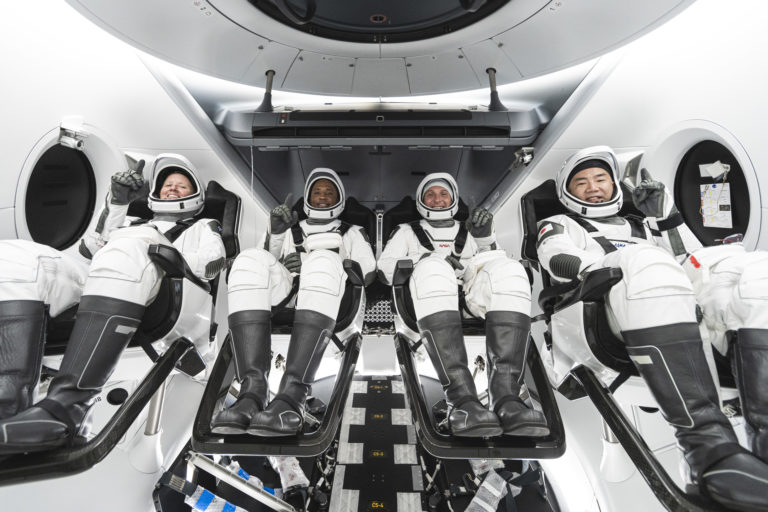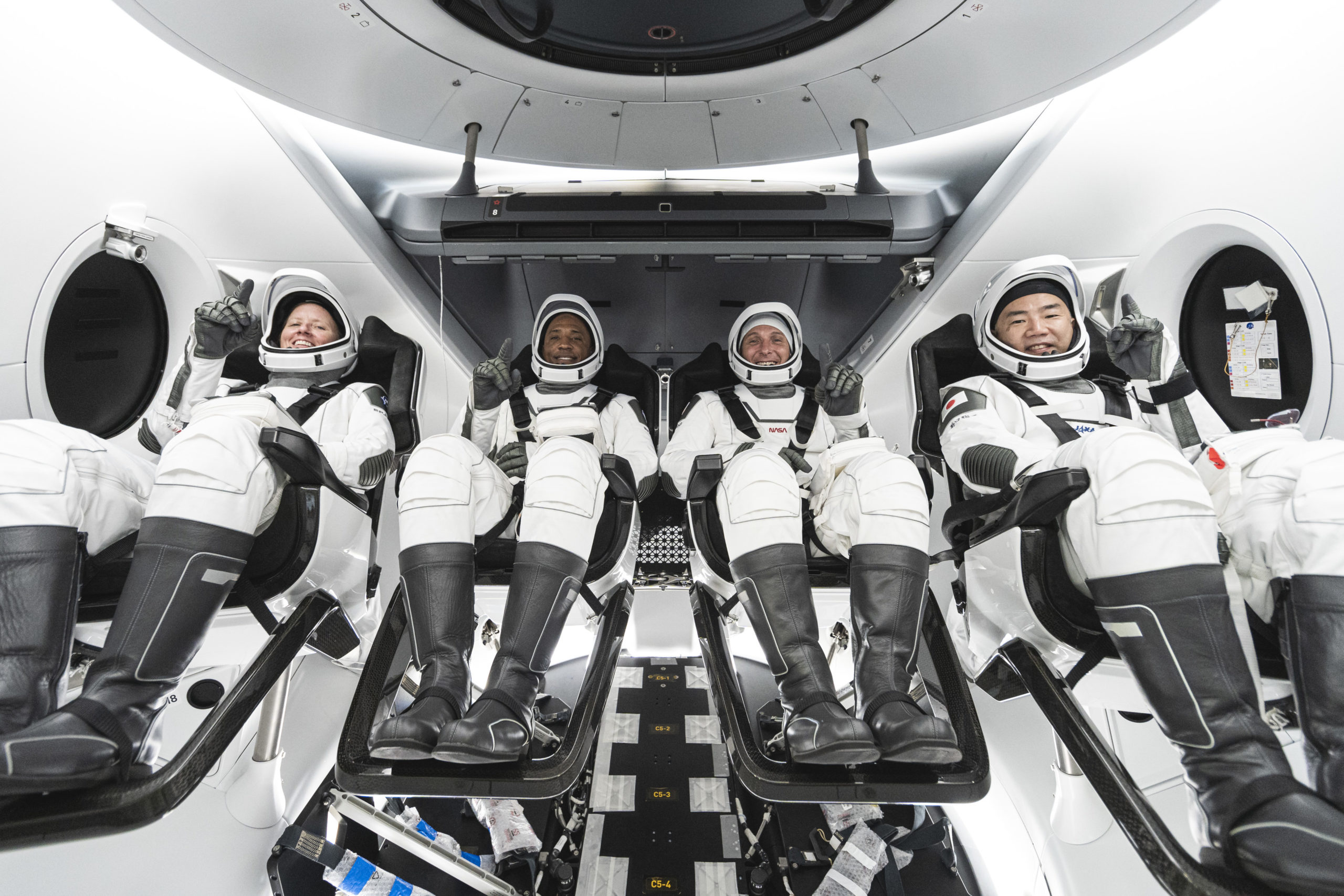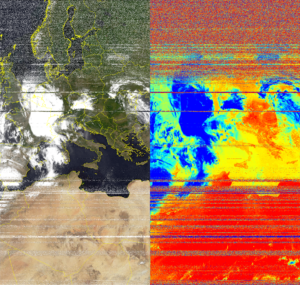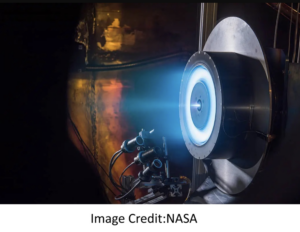
After the successful launch of Demo 2 in May, SpaceX managed to fly a new manned spacecraft for the second time.
The Crew Dragon capsule, named Resilience, was brought outside the atmosphere by a Falcon 9 rocket on Monday 16th at almost 1 a.m. (CET).
After a nominal stage separation, the spacecraft continued its voyage towards the International Space Station, where it autonomously docked on Tuesday morning (CET). Resilience was carrying four astronauts on board: NASA’S Michael Hopkins, Victor Glover and Shannon Walker, along with Soichi Noguchi from the Japan Aerospace Exploration Agency (JAXA). Moreover, in addition to the crew members, the capsule delivered more than 200 kilograms of cargo, new science hardware and experiments. The astronauts will stay on the ISS for almost six months, carrying out scientific experiments as part of the Expedition 64 crew.
Crew 1 was the CommercialCrew Program’s first operational mission.







